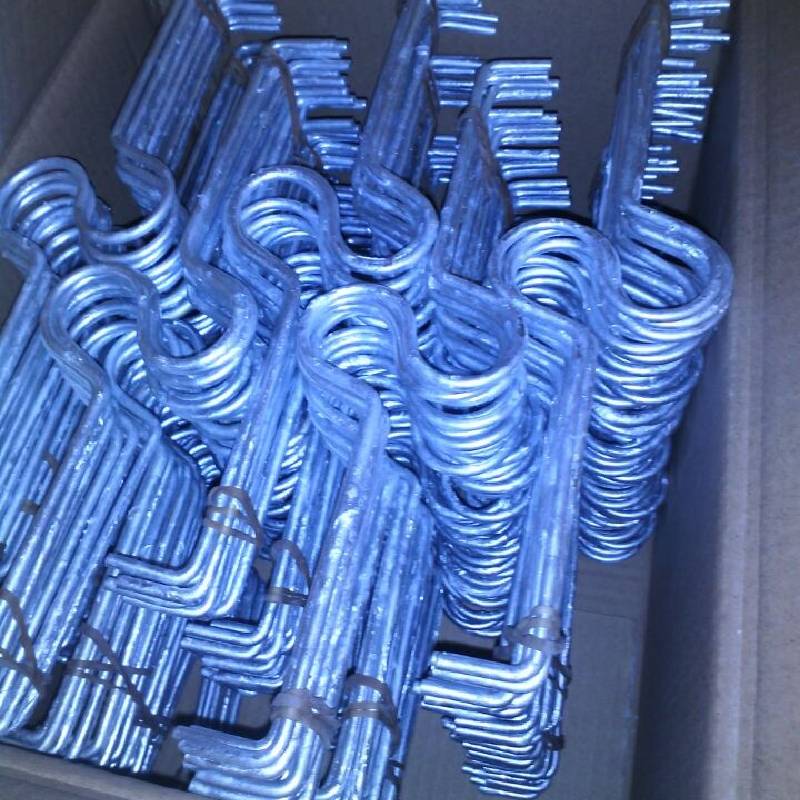
- Mobile Phone
- +8613931874955
- sales@cntcmetal.com
Design and Applications of Steel Torsion Springs in Mechanical Engineering and Industry Solutions
Understanding Steel Torsion Springs Design, Function, and Applications
Steel torsion springs are a fundamental component used in many mechanical systems, providing the necessary resistance to torque and rotation. These springs are engineered to store and release energy when subjected to twisting or rotational forces, making them essential in various applications across different industries.
The Design of Steel Torsion Springs
Torsion springs have a unique helical shape that enables them to work effectively. They typically consist of a wire coiled around a central axis. The ends of the spring are often left free to attach to other components, allowing them to exert force when twisted. Steel is the material of choice for many manufacturers due to its excellent tensile strength and flexibility, ensuring durability and reliability over time.
When designing a torsion spring, several parameters must be considered. These include the spring's diameter, wire diameter, coil count, and material specifications. The design process starts with calculating the required torque and determining the appropriate stiffness. The stiffness of a torsion spring is defined by its spring constant, which is influenced by the material properties and the geometry of the spring. Engineers often utilize software for finite element analysis (FEA) to optimize the design, ensuring the spring can withstand operational stress and fatigue.
Function and Mechanics
The primary function of a torsion spring is to resist twisting and to store energy mechanically. When a torque is applied, the spring twists along its axis, and the energy is stored in the spring's material. When the applied torque is removed, the spring returns to its original position, releasing the stored energy. This ability to cycle repeatedly without deforming makes steel torsion springs invaluable in many mechanisms, such as automotive applications, door hinges, and even certain types of machinery.
The mechanics behind a torsion spring can be described using Hooke’s Law, which states that the force exerted by the spring is proportional to the displacement applied to it. The equation can be expressed as
steel torsion spring

\[ \tau = k \cdot \theta \]
Where - \( \tau \) is the torque, - \( k \) is the spring constant, - \( \theta \) is the angle of twist
.This relationship showcases the predictable nature of torsion springs, allowing engineers to design systems that utilize these springs effectively.
Applications of Steel Torsion Springs
Steel torsion springs are employed in a wide range of applications. In the automotive industry, they are commonly used in mechanisms like hood latches, trunk lids, and suspension systems, where controlled movement is required. Additionally, they are instrumental in manufacturing various consumer products, such as toys, medical devices, and kitchen appliances, where compact and effective energy storage is essential.
In the realm of industrial machinery, torsion springs play a critical role in counterbalancing loads and facilitating the smooth operation of equipment. For example, they are found in conveyor belts, where they help maintain tension and stability.
Conclusion
Steel torsion springs are versatile and efficient components integral to numerous mechanical systems. Their ability to store and release energy when subjected to torque makes them indispensable in a variety of applications, from everyday objects to complex machinery. Proper design, based on mechanical principles and material science, is crucial for maximizing their performance and longevity. As technology continues to advance, the applications and efficiency of steel torsion springs are expected to expand, driving innovation in engineering and manufacturing sectors.
share:
-
Yard Sign Stakes: Reliable Guardians of Outdoor SignsNewsAug.04,2025
-
Wall Ties: Invisible Guardians of Building StabilityNewsAug.04,2025
-
Resilient Web: The Super Guardian Power of Concrete MeshNewsAug.04,2025
-
Masonry Accessories: A versatile assistant on building foundationsNewsAug.04,2025
-
Iron Binding Wire: the 'invisible reinforcement specialist' in the fields of architecture and industryNewsAug.04,2025
-
Dynamic Spring: The diverse functions and excellent performance of Wire Tension SpringNewsAug.04,2025
-
Your Source for Concrete Wall Ties and Masonry AccessoriesNewsJul.10,2025



















